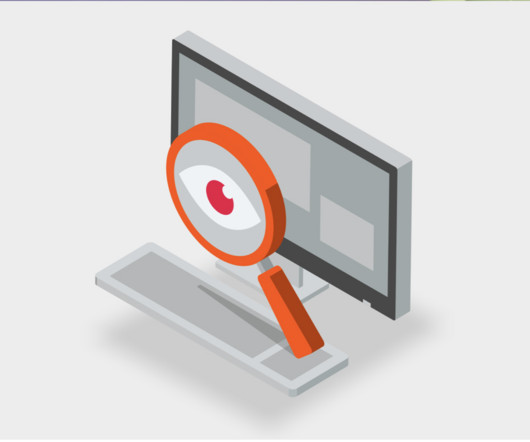How Keeping Track of Microsoft’s Product Plans Can Keep Your Network Secure
LAN Infotech
OCTOBER 17, 2022
Outdated applications can provide a backdoor for ransomware attacks, malware, and viruses. Performing regular network audits, keeping software up-to-date, and keeping abreast of planned software retirements can help businesses and organizations eliminate this source of risk.

















Let's personalize your content